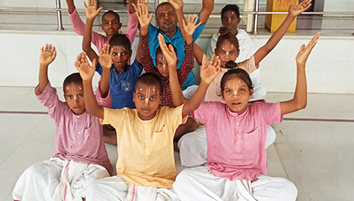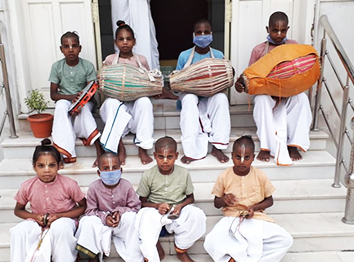
The students learn from the guru and help the guru in his everyday life, including carrying out of mundane daily household chores. However, some scholars suggest that the activities are not mundane and very essential part of the education to inculcate self-discipline among students.Typically, a guru does not receive or accept any fees from the shishya studying with him as the relationship between a guru and the shishya is considered very sacred.Typically, a guru does not receive or accept any fees from the shishya studying with him as the relationship between a guru and the shishya is considered very sacred.

